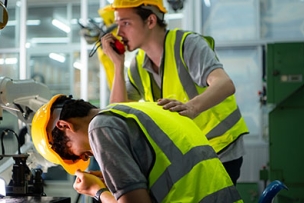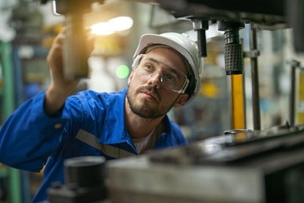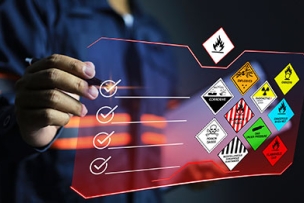Sometimes, all that’s required to improve workplace safety and sustainability is a different set of eyes.
Which is what the experts at Kimberly-Clark Professional provide with walk-through assessments for businesses including machine shops and manufacturing facilities.
Such on-site evaluations can deliver a variety of benefits, safety professionals say, from identifying potential operating risks to improving sanitation practices that can help prevent contamination and infection. They also demonstrate to regulators a good-faith effort to provide hazard-free workplaces required under the federal Occupational Safety and Health Act.
“We work with customers to study their processes, where those processes break down and, holistically, how we can help them with their efficiencies and worker safety,” explains Eddie Purser, regional safety and sustainability specialist with Kimberly-Clark Professional. “Injuries are a major concern in manufacturing, and they can be very expensive.”
Their number is also increasing. Annual on-the-job injuries climbed 4.5 percent to 2.3 million in 2022, the most recent year for which data is available, according to the U.S. Bureau of Labor Statistics. Injuries and illnesses combined, meanwhile, rose 7.5 percent to 2.8 million.
While the costs haven’t yet been calculated, the National Safety Council estimated that they reached $167 billion the year before, including 103 million lost workdays.
Comfort and Compliance
Using appropriate personal protective equipment, from goggles to respirators and gloves, can help keep employees safe and reduce the number of injuries, experts agree, but it has to be worn correctly.





Talk to Us!
Leave a reply
Your email address will not be published. Required fields are marked *